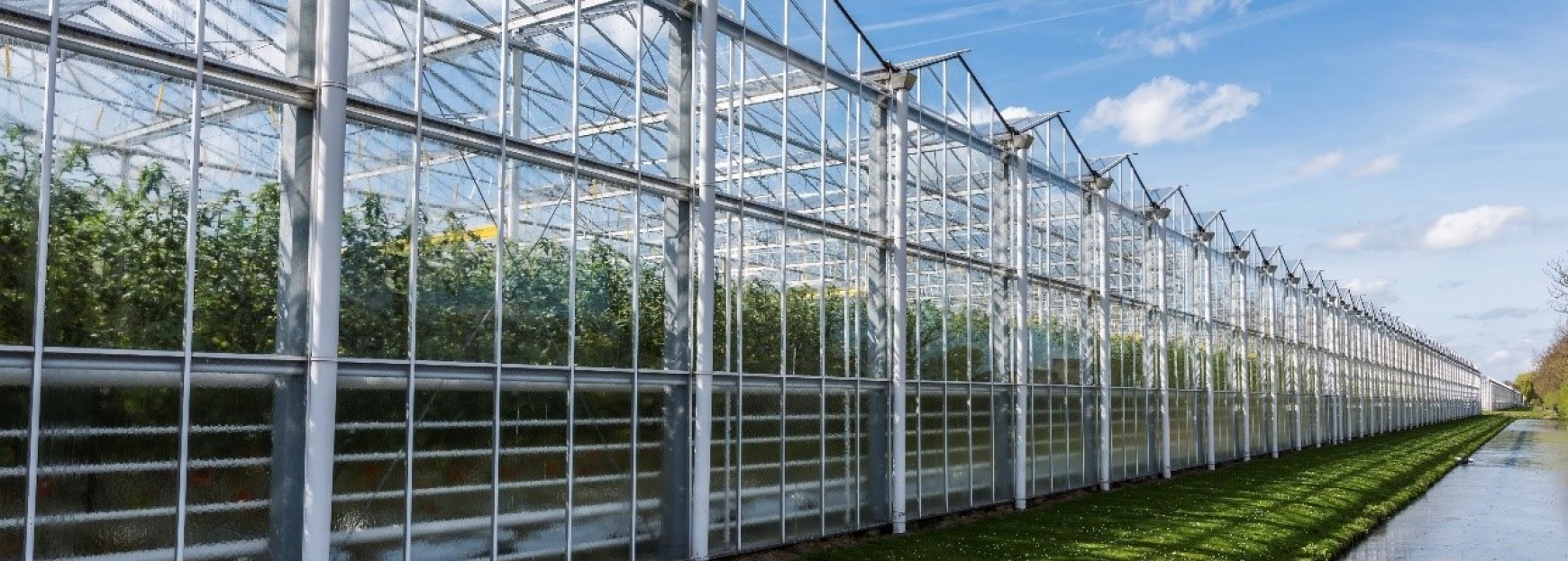Twenty retail businesses have recently joined forces through the British Retail Consortium (BRC), pledging to develop a blueprint for decarbonisation of the industry. Among the signatories are several supermarkets that have committed to reducing emissions not only in their shops but also through their supply chains. Although the BRC plan states that signatories will work collectively with suppliers, this could mean pressure on growers who supply supermarkets to calculate their carbon emissions and to demonstrate plans for decarbonisation.
With consumers keen to reduce their own climate impact through their buying choices, labelling products with a carbon footprint could help with the decision-making process. Produce grown locally with a short route to market and with energy supplied by renewable sources could be more attractive to discerning buyers than foreign crops with a lot of embedded carbon from transportation, for instance. This emerging market for eco-savvy shoppers may offer a positive marketing opportunity for ‘green’ growers.
For those still using fossil fuels to grow energy-intensive crops out of season, a mandate for change could be coming. Government incentives are still available through the Renewable Heat Incentive (RHI) scheme, although this is set to end on 31 March 2021. Future schemes may well be financially less generous, meaning those who are slow to transition to renewables could find themselves left out in the cold.
Forward-thinking growers, who are keen to capitalise on the retail industry’s commitment to low carbon, should think about how to reduce the environmental impact of their own businesses. This could be through implementing energy-saving measures, such as adding insulation; adopting more efficient growing practices and careful climate control; or even switching to an electric transportation fleet. Adopting emerging technologies or new ways of thinking can be a risk and a step outside the comfort zone but those who don’t adapt to the changing industry risk being left behind.


